Climate change usually exhibits gradual, heterogeneous and long-standing effects. According to the International Panel on Climate Change, by the year 2100 the global mean sea level is likely to increase by 0.4 to 0.7 meters, which would directly impact coastal cities compared to inland areas. In BSE Working Paper 1161, Evaluating the Economic Cost of Coastal Flooding, the authors Klaus Desmet, Robert E. Kopp, Scott A. Kulp, David Krisztian Nagy, Michael Oppenheimer, Esteban Rossi-Hansberg and Benjamin H. Strauss evaluate the economic effects of permanent coastal inundation by considering both the spatial and temporal dimensions of this climate-related phenomenon.
To do so, the authors combine a high-resolution world-wide dynamic equilibrium model that accounts for the dynamics of migration, trade, and innovation, with probabilistic sea-level rise projections for different greenhouse gas emissions scenarios for the period of 2000 to 2200. Using many realizations of flooding paths, they analyze which areas become permanently submerged over time and compute the distribution of economic activity under the assumption that people cannot live or produce in flooded areas. They are able to measure the average predicted flooding costs for all areas in the world over time in terms of individuals’ real income and welfare. The results indicate that the economic cost of coastal flooding is shaped by spatial dynamics. Under an intermediate increase in greenhouse gas emissions, the authors estimate that sea-level rise will induce an average decline in world real GDP of 0.19% and an average drop in welfare of 0.24%. By the year 2200 a projected 1.46% of world population will be displaced. Importantly, these effects can be more than an order of magnitude larger in some countries and for coastal cities.
Climate-change effects in the light of economic adaptation
Compared to the existing literature, the paper presents a novel framework that takes into account the dynamic and spatial reaction of the economy to coastal flooding. When faced with gradual inundation, people in the model have the possibility of moving to higher ground, albeit at a cost. As this occurs, the destruction of existing economic clusters is at least partly compensated by the emergence of new clusters of economic activity. The higher concentration of people in interior regions in turn fosters growth through economies of agglomeration.
Thus, the key insight of the paper is to consider the economic adaptation to climate change. The authors in fact show that if we ignore the spatial reallocation of economic activity due to sea-level rise, the expected negative effects are substantially larger.
Interestingly, the model does not account for losses of physical structures. The authors argue that these costs are likely to be relatively minor for two reasons. First, sea-level rise is a slow-moving process, and the damage it causes plays out over longer time periods than capital depreciation. Second, the physical damage from flooding in large coastal cities has more to do with the loss in agglomeration economies than with the cost of the physical capital per se. As a result, the actual cost of rebuilding those structures is bound to be substantially less than their market value. To corroborate this hypothesis, the authors conduct a quantitative analysis for the US incorporating physical capital and compare it with the baseline model. Accounting for losses in physical capital hardly changes the quantitative results.
Global effects
The quantitative analysis is conducted under three alternative pathways of future greenhouse gas concentrations – denoted as Representative Concentration Pathways (RCPs) 8.5, 4.5, and 2.6 (high, medium and low emissions scenarios, respectively).
Under RCP 4.5, the authors estimate that sea-level rise will induce an average decline in world real GDP of 0.19% (with 95% credible interval 0.07 – 0.37%) and an average drop in world welfare of 0.24% (with 95% credible interval 0.08 – 0.45%). In terms of population, in the year 2200 flooding is predicted to displace an average of 1.46% of world population (with a credible interval 0.15 – 3.54%).
Figure 1 depicts these findings. Moreover, it shows how flooding effects behave differently. Mean sea-level rise (Panel a) and mean share of world population displaced (Panel c) increase monotonically over time. On the other hand, the world real GDP (Panel b) and welfare losses (Panel d) have a concave shape. This non-monotonicity is due to economic adaptation to flooding, as people are forced to move out of inundated areas, some economic clusters are destroyed, but others are reinforced and new ones emerge. Over time the greater geographic concentration of people leads to benefits from agglomeration, thus partly compensating the direct negative impact of flooding.
Figure 1: (a) Flooding realizations, (b) World losses in real GDP, (c) Share of world population displaced, and (d) World average welfare losses. All results shown are for RCP 4.5.
To assess the importance of incorporating the dynamic spatial reaction of the economy, the authors compare the quantitative predictions of the model to the predictions of alternative evaluations that abstract partially or completely from economic adaptation Figure 2 illustrates these findings. Under no adaptation whatsoever (red lines in Figure 2), the loss in world real GDP in year 2200 increases to 4.5% from 0.11% in the baseline model (Panel a). Similarly, the welfare the effect of flooding is more than five times larger in the absence of adaptation than in the baseline framework (Panel c).
Figure 2: World losses in (a) real GDP, (b) displaced or flooded population, and (c) welfare with alternative economic adaptation mechanisms.
From these comparisons the authors conclude that incorporating the spatial dynamic adjustment of the economy is key to quantitatively assessing the economic impact of sea-level rise. In spite of migration being costly, the possibility of moving and the dynamic effects of the spatial reallocation of economic activity lead to a significant decrease in the real GDP loss from flooding.
Heterogenous spatial effects
The global economic effects of SLR mask heterogeneous local effects. The authors’ findings reveal that some regions will suffer dramatically from inundation, while others experience economic gains. For instance, under RCP 4.5, the estimated GDP decline is particularly large for Vietnam (7.60%), Thailand (9.37%) and Bangladesh (5.37%). Population displacement in the year 2200 is 14.60% in Vietnam, 2.28% in Thailand and 12.38% in Bangladesh. Confronting these results with the aforementioned global effects, the disparity is clear.
Figure 3 displays a world map of the mean loss in total real GDP across realizations of flooding paths in the year 2200. As expected, coastal areas suffer significant losses across the globe, but the effects are unevenly distributed. The negative effects tend to be larger in Southeast Asia and Northwest Europe, while they are more contained on the Pacific coast of the Americas.
Figure 3: Percentage mean loss in total cell real GDP in 2200 under RCP 4.5
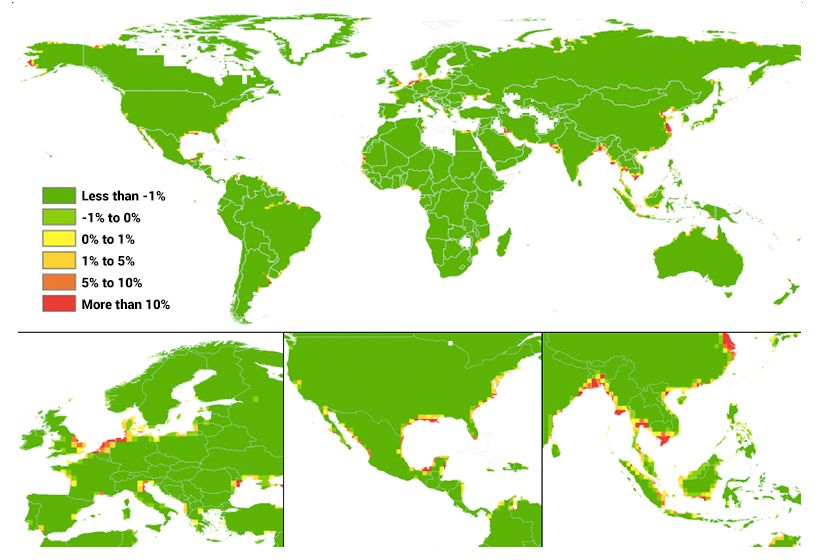
Flooding also affects areas that are not directly impacted by sea-level rise. In particular, in 2200, inland regions tend to gain around 1.5% of GDP. These results underscore the importance of spatially disaggregated general equilibrium analysis: focusing only on flooded areas would ignore this redistribution. In terms of population displacement, the results exhibit a similar pattern: the areas with the greatest share of displaced population are the same as those that lose most in terms of real GDP. In the year 2200 close to 20% of all coastal cells lose population.
Economic consequences at the city level
Finally, the authors also look at the city-level consequences of coastal flooding. They measure the economic effects on 25 large coastal metropolitan areas around the globe and find a great amount of heterogeneity (see the Table, “Population and real GDP loss in a sample of 25 large cities in 2200” in the working paper).
Compared to a world without flooding, Ho Chin Minh City (Vietnam) is predicted to lose 40.5% of its area, 21.8% of its population, and 21.5% of its real GDP. Other metropolitan areas that stand to lose an important share of their population are Amsterdam, Bangkok, Miami, Shanghai and Tianjin. Meanwhile, Miami is projected to lose between 0.5% and 51.1% of its population at a 95% confidence interval.


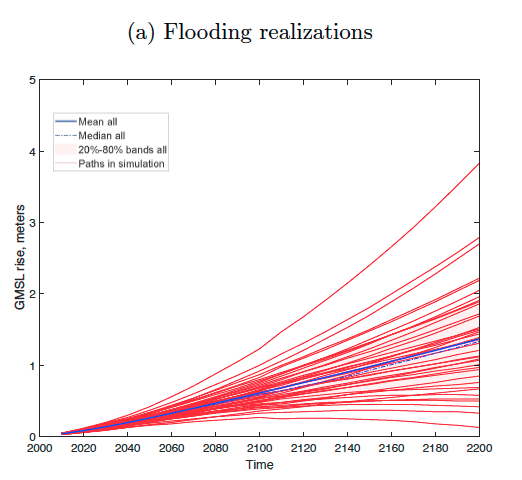
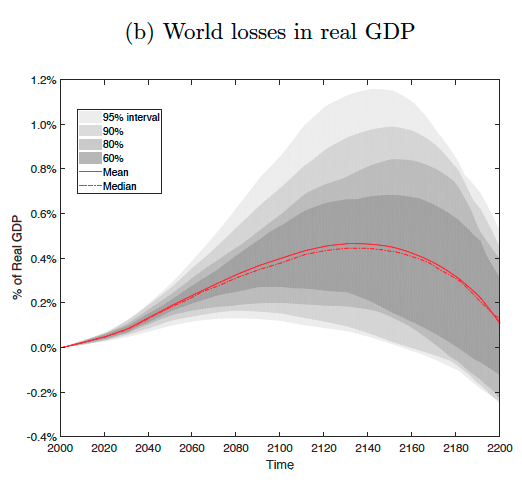
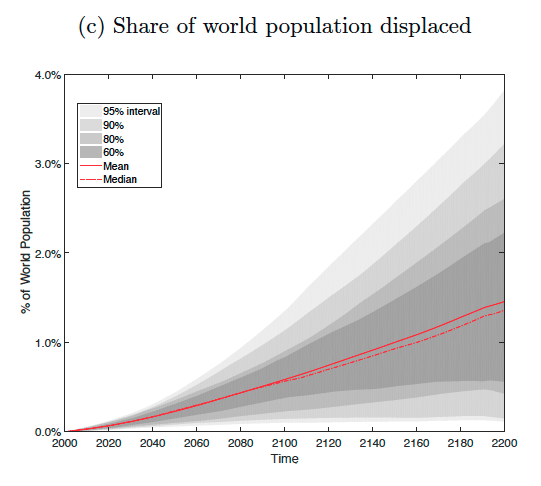
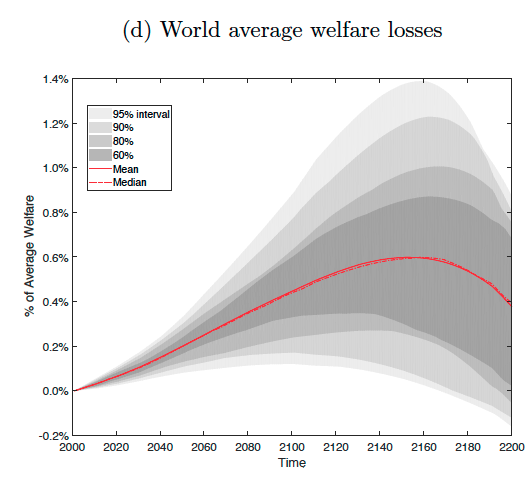
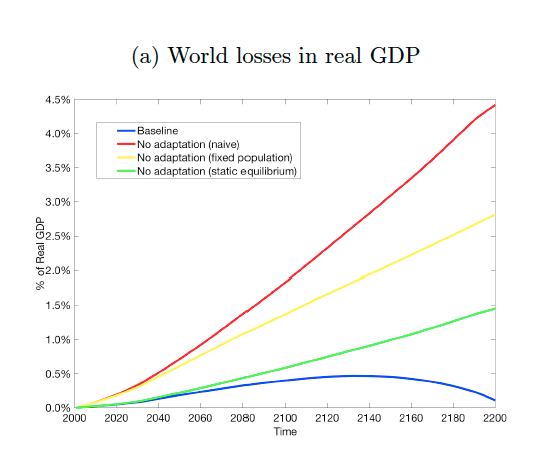
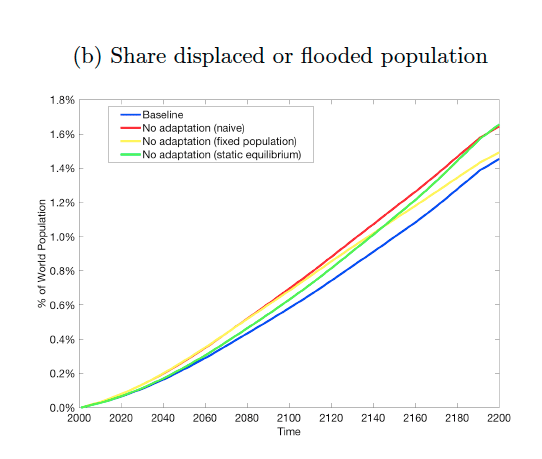
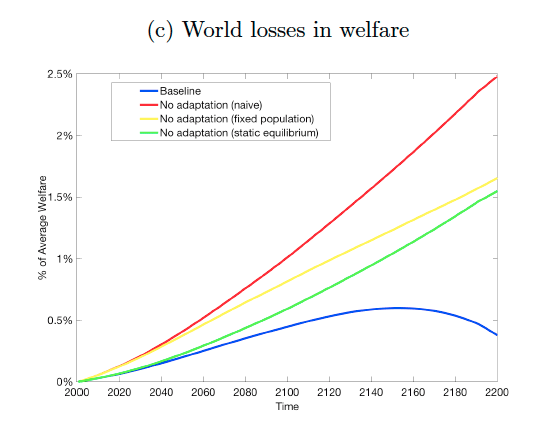







Download the Barcelona GSE Working Paper “Evaluating the Economic Cost of Coastal Flooding” here: http://bgse.eu/WP1161
C est génial. Mais je ne suis anglophone, d’où j ai pas pu bien comprendre le contenu.